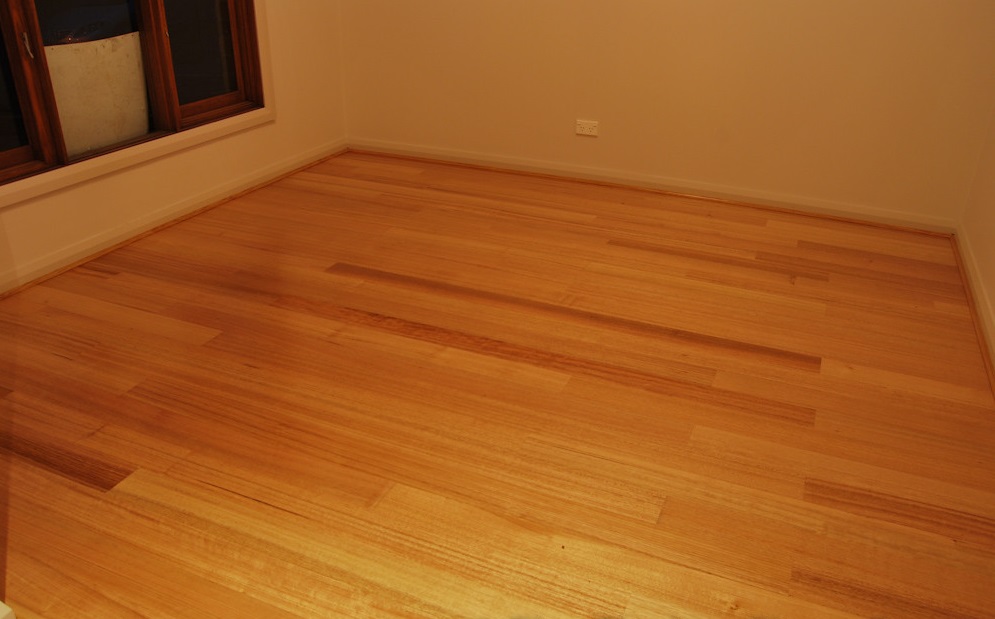Perhaps one of the most important foundations when building a beautiful room is to have an engrossing floor. Wood floors possess something infinite. They serve as the groundwork of any home and must be set up properly. Hence, it is not surprising to see floating floors becoming a fad nowadays.
A lot of you may have heard some people saying “installing floating floor”. However, this statement is completely incorrect since floating floors do not refer to a flooring material but instead refers to the process of installation.
But what is a floating floor and what are its advantages and disadvantages? All these things shall be discussed in this article. Read on to find out the relevant information about the floating floor.
What is the Floating Floor Method?

A floating floor is the installation method of flooring that does not employ any nails during construction. Rather than locking in wood planks, you simply attach them by breaking them collectively just like a puzzle. Hence, you’d see that the floor is relatively floating on top of the substrate instead of being hooked up to it firmly.
The floating boards are the main elements for the fast, easy, and affordable installation. This method is applicable for different floor materials – whether concrete, plywood, ceramic tiles, or sheet vinyl. Nevertheless, the floating floor method may feel a little notched under the feet if it is not properly installed, or if the subfloor isn’t set prior.
The Advantages of Floating Floor

There are several reasons why floating floor can make an incredible option for your home:
Affordable
Remodelers who are on a strict budget can take advantage of this method since it is very affordable. This is because the floating floor does not require an expert hand. They can be simply installed on top of the existing surface. They also do not need any material such as nails and adhesives.
DIY-Friendly
Since a floating floor does not specify an expert hand, it simply means that you do not have to get the service of a professional. You can do it yourself!
Well, you have the choice to hire a professional if that could give you more assurance. However, if you take the challenge to be a DIY-er, you should know that the method can be quite stressful and you might even end up damaging your material if you are not careful with your steps.
Although certain things are better handled by the experts such as the plumbing and electrical wiring, the floating floor provides great potential for DIY installation.
Easier to Change
Considering that floating floors are not nailed down right into the subfloor, it will be easier for you to replace and repair them. So, if one of the floating planks is damaged, you will just have to thrust it out and proceed with the replacement.
The Disadvantages of Floating Floor

There are some things you need to consider when thinking of a floating floor. There are several disadvantages to this method:
Requires Frequent Replacement
Considering the thin bed of space, your regular activities at home can eventually affect the floor. For instance, a heavy wheeled chair can affect the floating floor to manifest wear quickly than those that are nailed-down or glued-down.
Can Intensify Sound
The space between the subfloors and the floating floor can be inconvenient if you want to create quiet steps. The pressure of the footsteps on the air cushion may intensify the movements in the house. Hence, if you are planning to use floating floors in a baby nursery or other parts of the house that need silence, you should consider investing in the excellent quality underlayment.
Cannot be Refinished Multiple Times
Considering the veneer’s width, you cannot refinish engineered hardwood multiple times as compared to solid hardwood. There are even times that you cannot refinish them!
Can be affected by the Humid Environment
You might have to think again about using a floating floor if your place exhibits extremely intense humidity. This is because of the gap between the subfloor and the floor. If moisture accumulates tremendously there, it can cause mold growth, pitting, or warping.
Nevertheless, these concerns can be alleviated if you use the best underlayment.
Conclusion
So, what is a floating floor? You now have enough knowledge about the floating floor. You also learned about the advantages and disadvantages of this method. At the end of the day, only you can tell whether you will use a floating floor for your home, or not.
The floating floor features several great things which you’d want to take advantage of. Yes, there are disadvantages, too with a floating floor. However, they are essentially minor when compared to the advantages of this method.
Moreover, most of the disadvantages of a floating floor can be resolved with the least effort. You will just have to use the best material and a good underlayment.


Leave a Reply